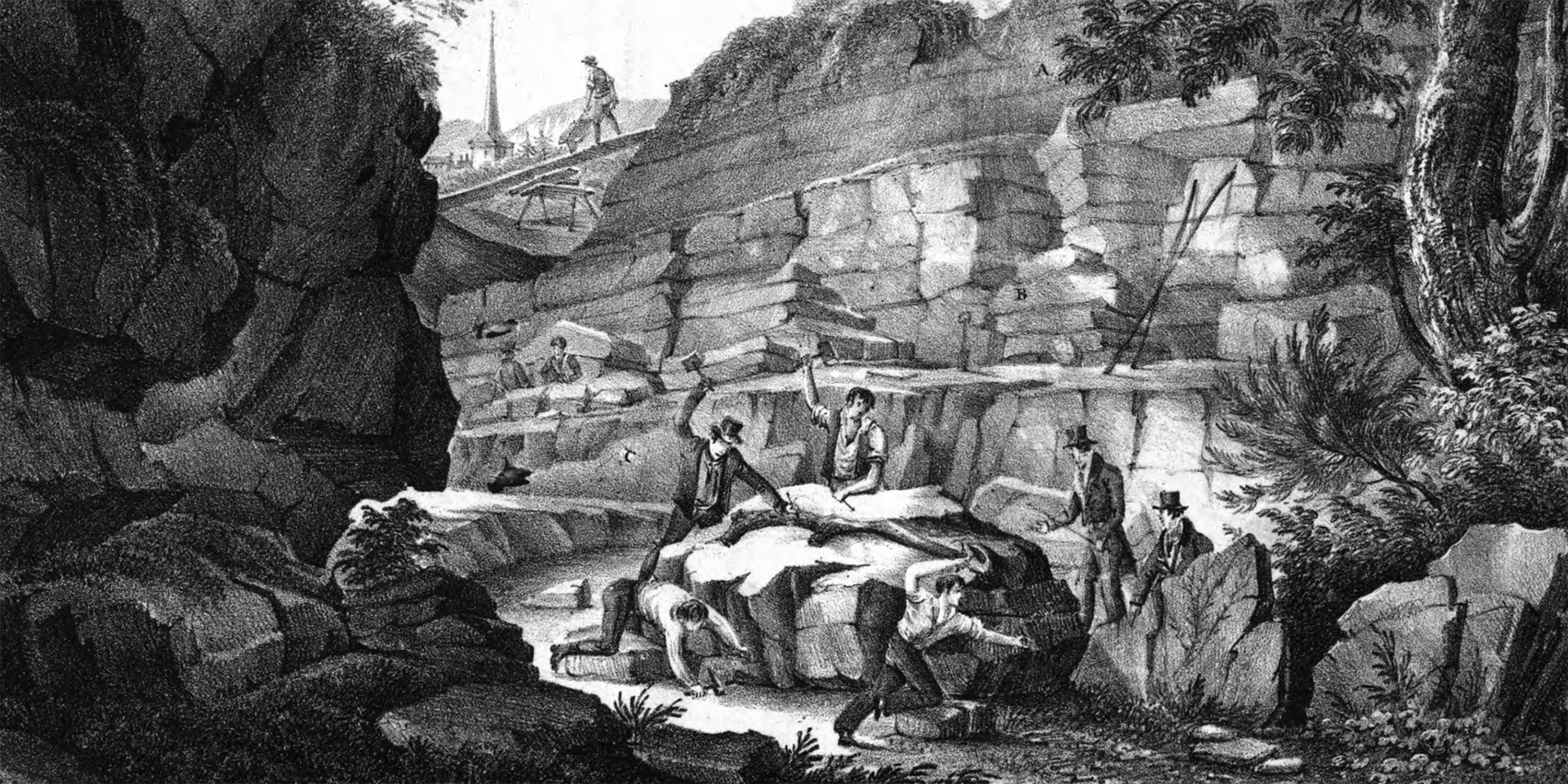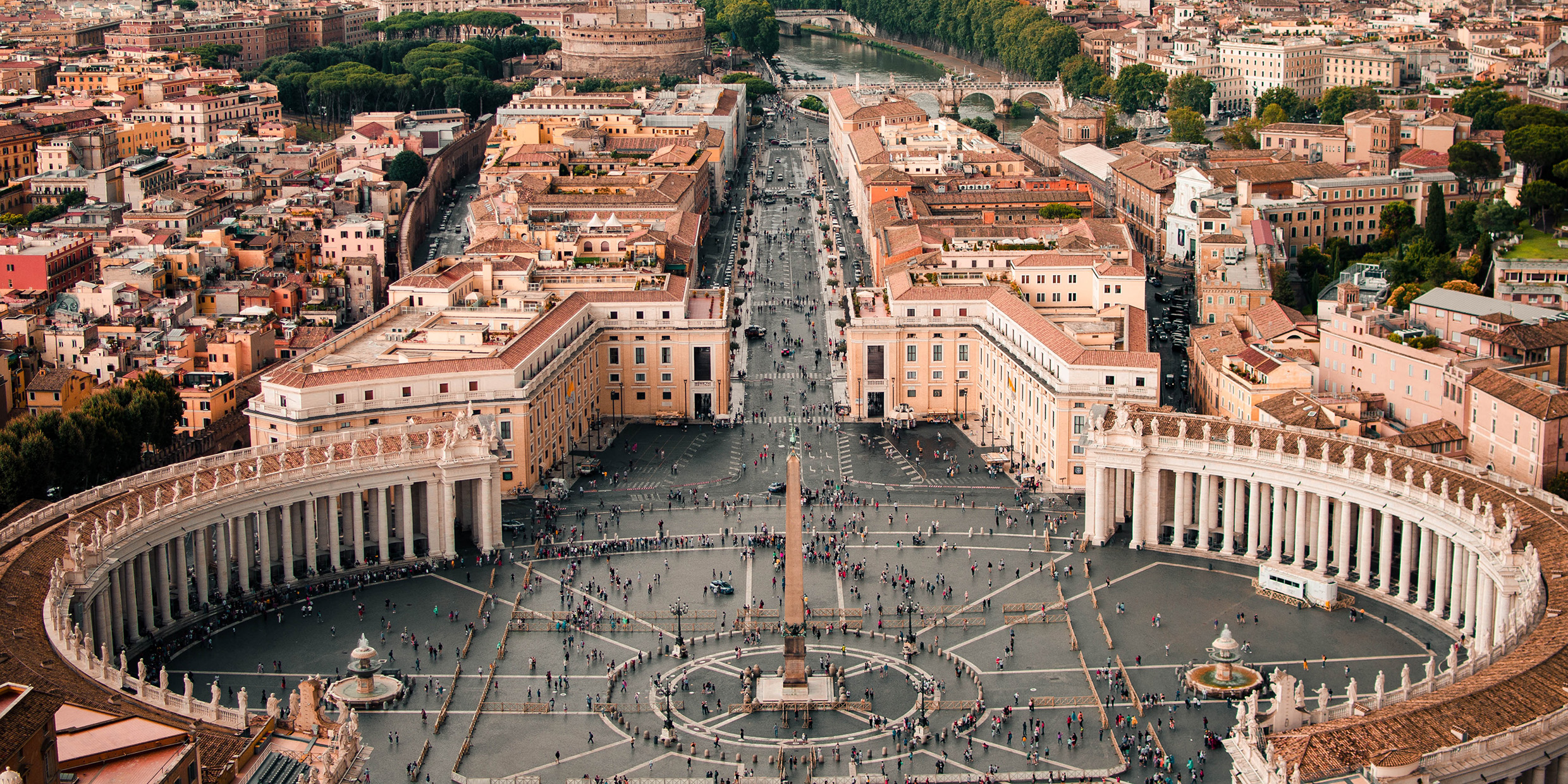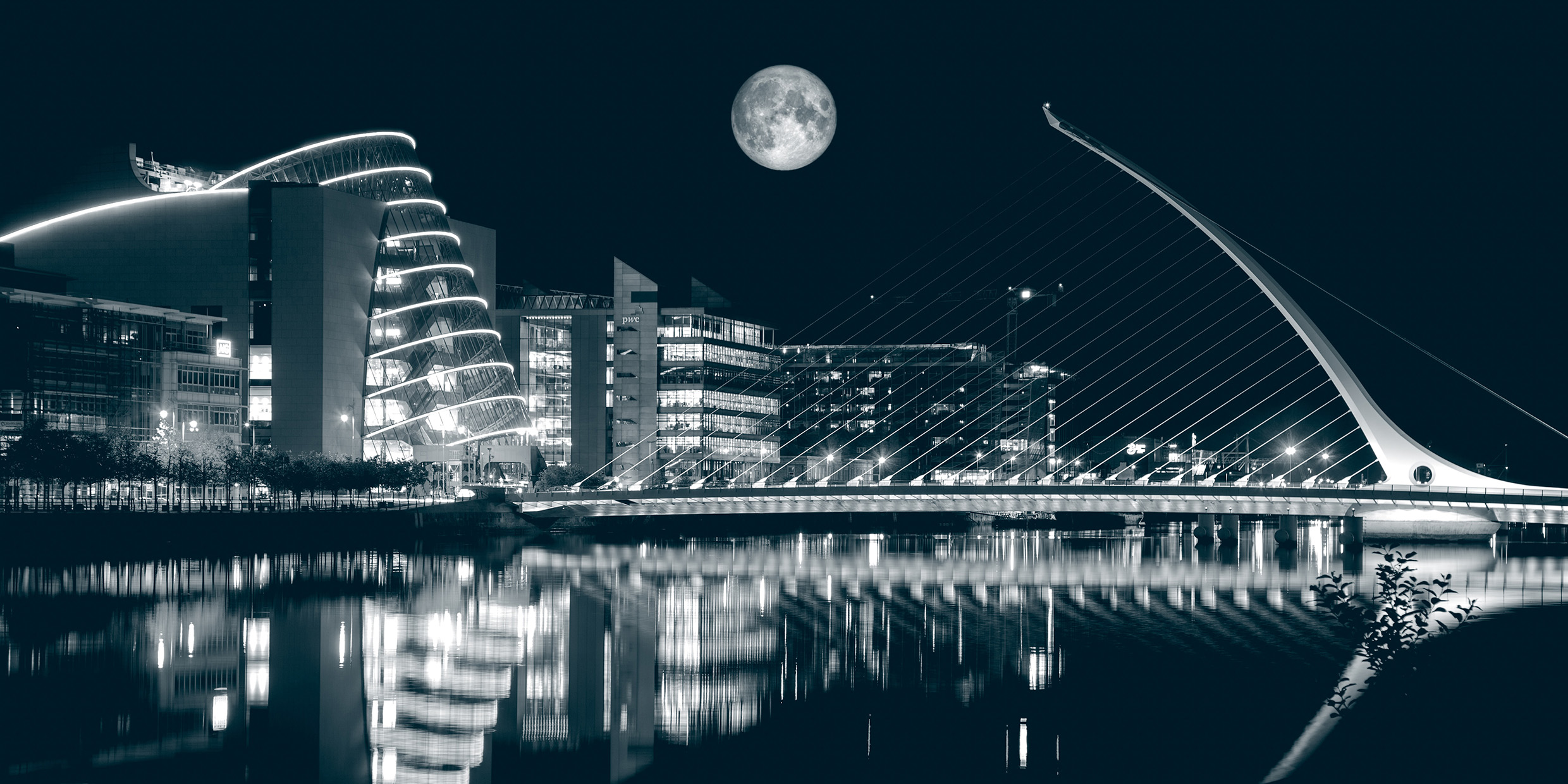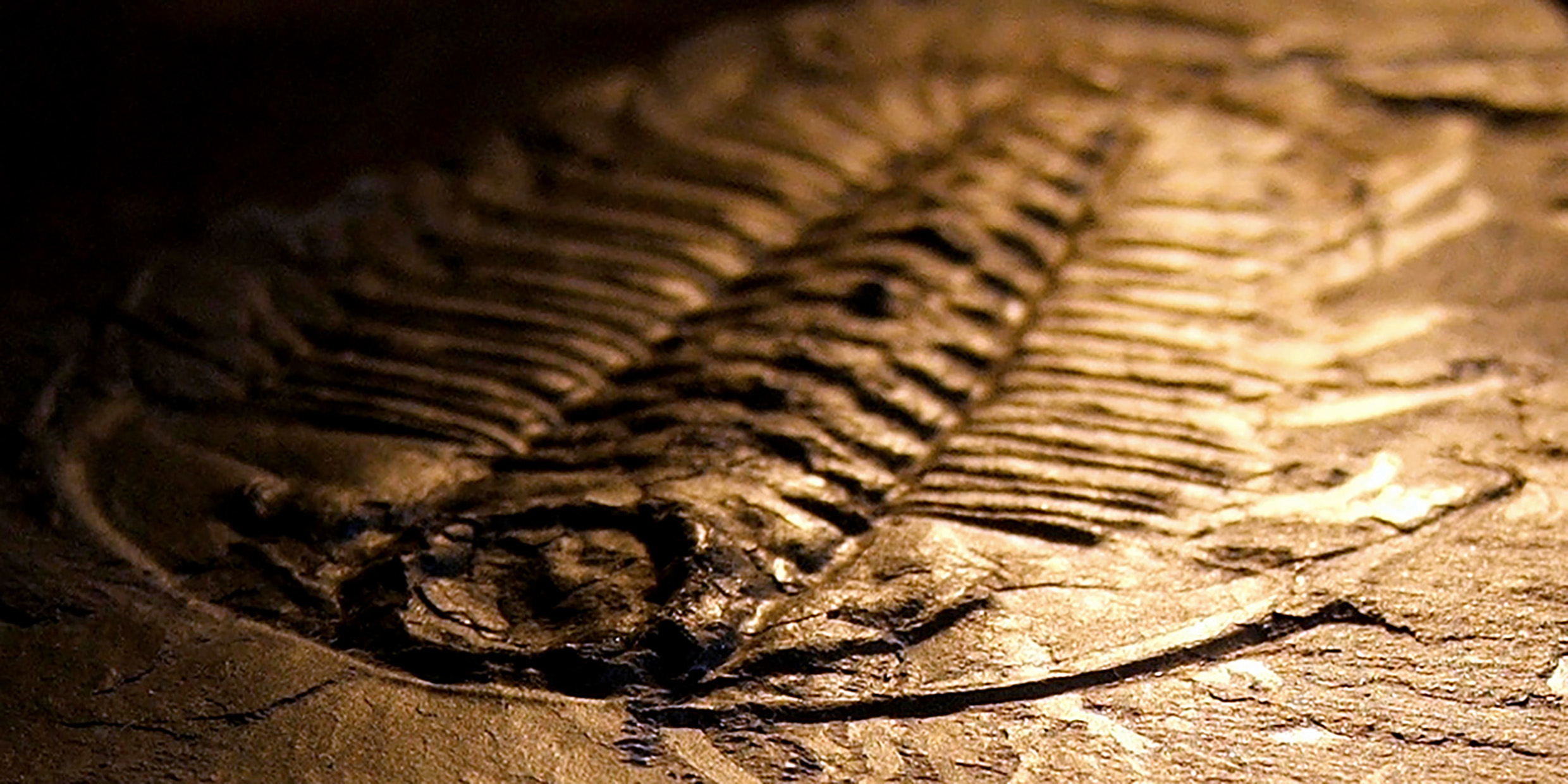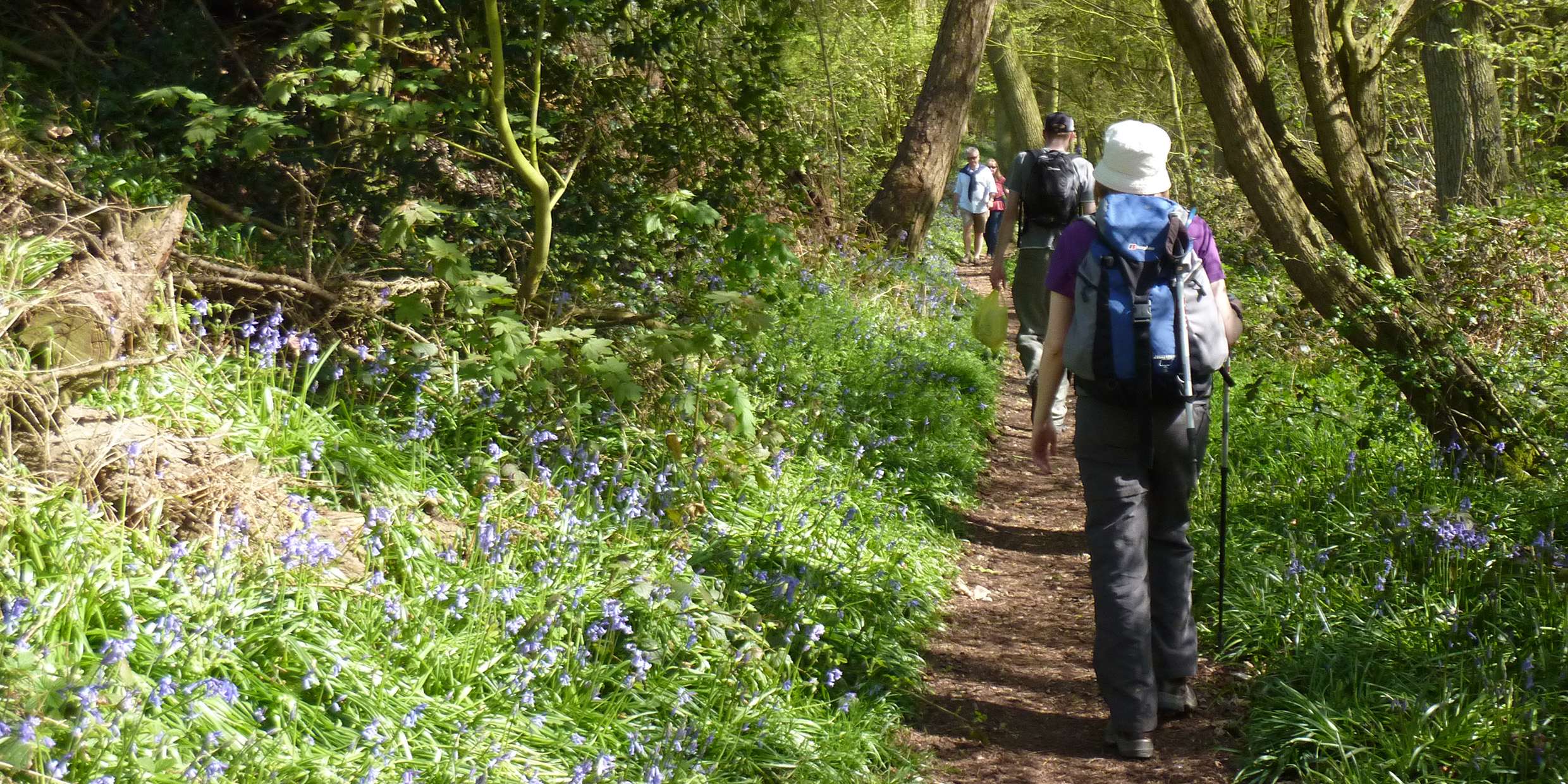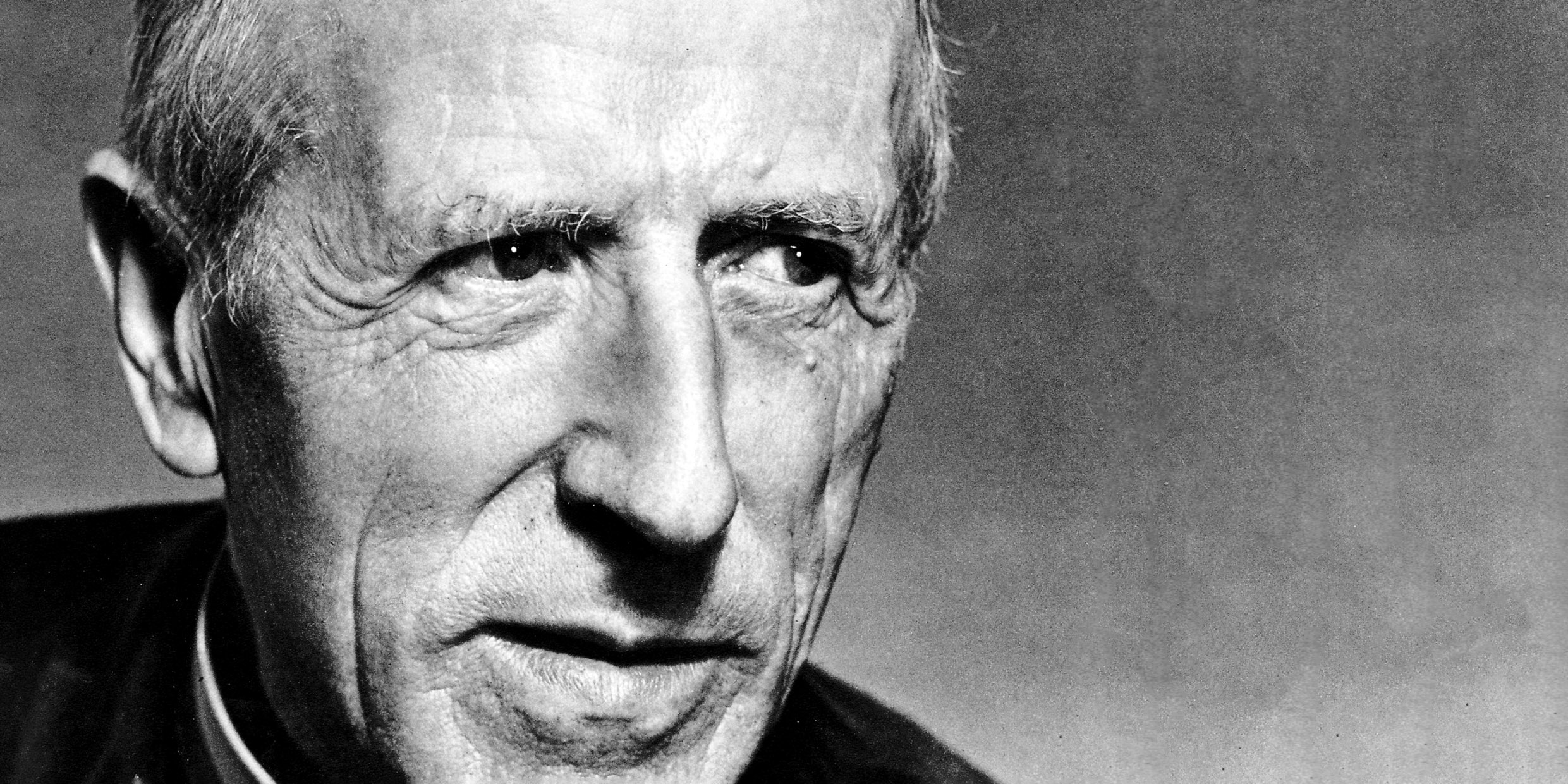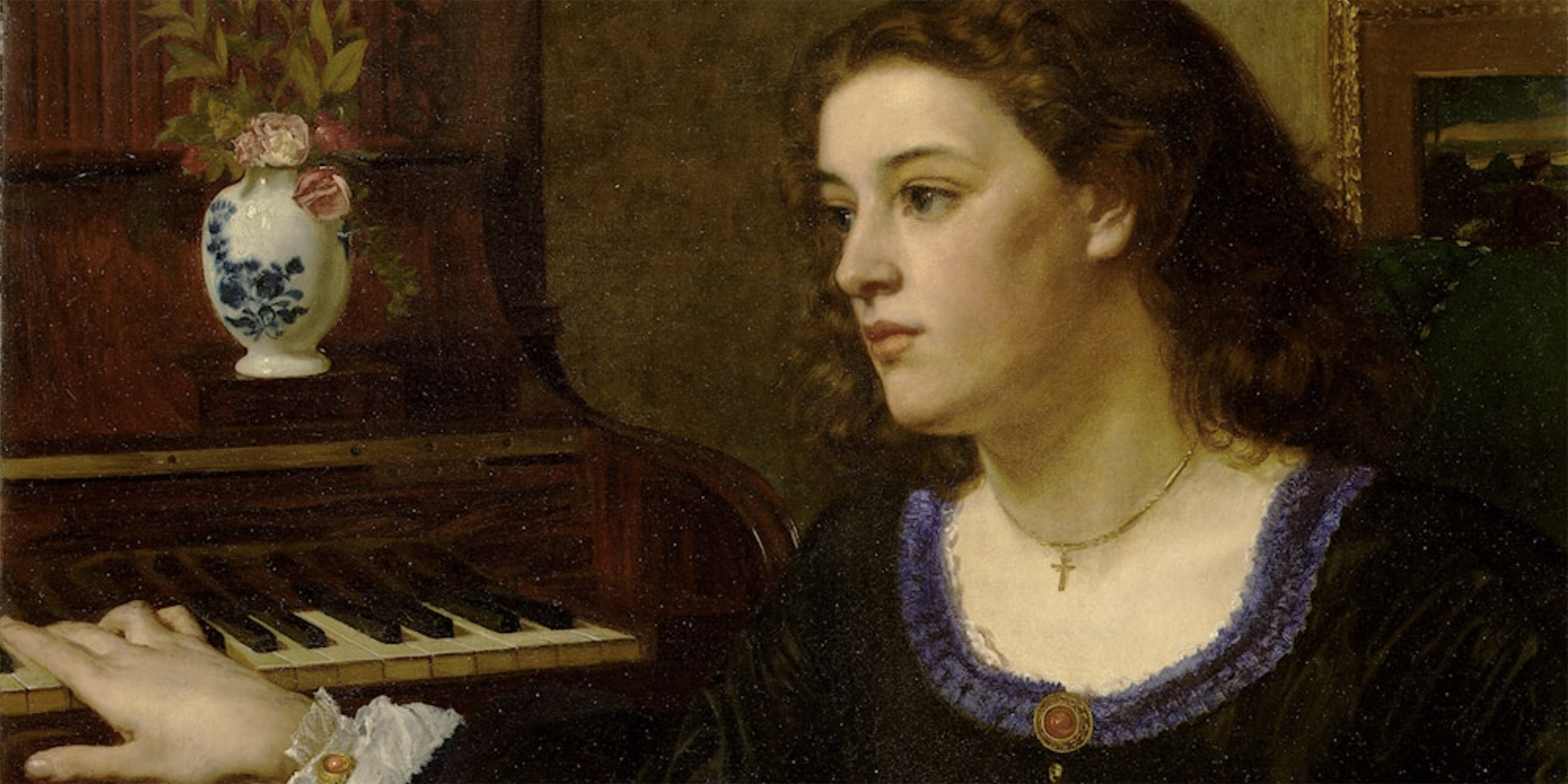In the fall of 2003 I walked the prime meridian, the line of zero longitude, across southeastern England, visiting many sites important to the history of science.
Articles with 2005
Pontifical science
A little over a week ago [July 7, 2005], an op-ed essay appeared in The New York Times by Cardinal Christoph Schönborn, archbishop of Vienna, purporting to clarify the position of the Roman Catholic Church on evolution.
Tiger, tiger, burning bright
A little over a week ago [in 2005], Thomas Friedman had two op-ed columns in The New York Times about the Irish economic miracle, sometimes called “the Celtic Tiger.”
Into the night
I first became intimate with the night sky on the sleeping porch of my grandmother’s house on Ninth Street in Chattanooga, Tennessee, during the early 1940s.
Accident or destiny?
For the first four billion years of Earth history, life was amebic and microscopic. Then, about 600 million years ago, with surprising swiftness, a myriad of multicellular organisms appear in the fossil record, in what has been called the Cambrian Explosion.
Mr. Blue Redux
Sometime during my sophomore year at the University of Notre Dame, in 1955 – 56, my girl friend (now my wife) gave me a copy of Myles Connolly’s novella, “Mr. Blue.”
An itch for God
More than a century ago the American psychologist William James set out to account for the universality of religious faith in “The Varieties of Religious Experience,” a book that maintains a lively presence on college reading lists.
Town and country
In the fall of 2003, I walked across southeastern England along the Prime Meridian, the line of zero longitude. I started at the English Channel, near Brighton, then trekked north until I hit the North Sea, about 185 miles as the crow flies.
The phenomenon of Teilhard de Chardin
In the beginning, there was not coldness and darkness: There was the fire,” wrote the Jesuit anthropologist Teilhard de Chardin in “The Mass on the World.”
Saving souls, saving lives
I have been reading Judith Flanders’s biography of the Macdonald sisters, four Victorian women best known for having married or mothered famous Victorian men.
